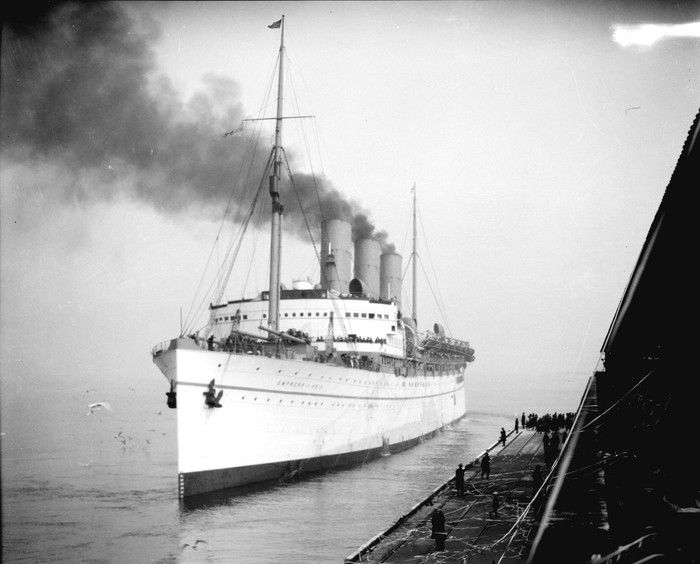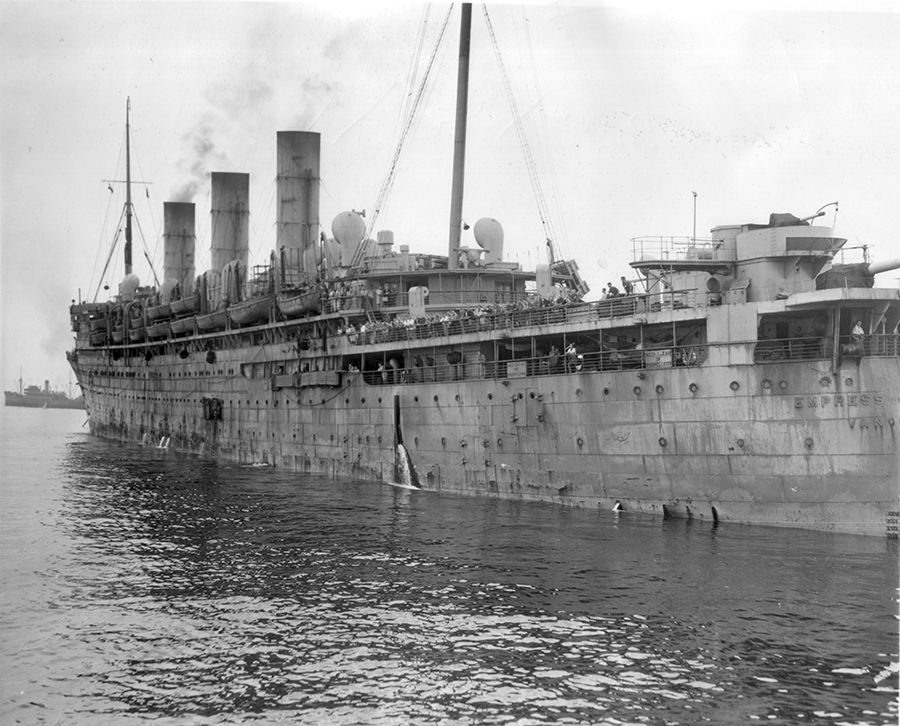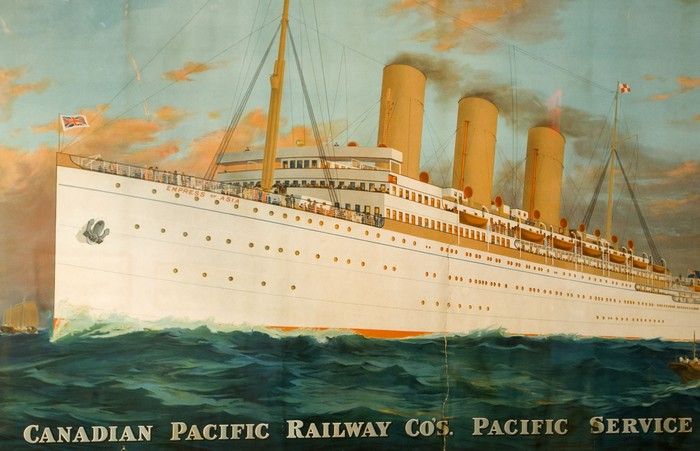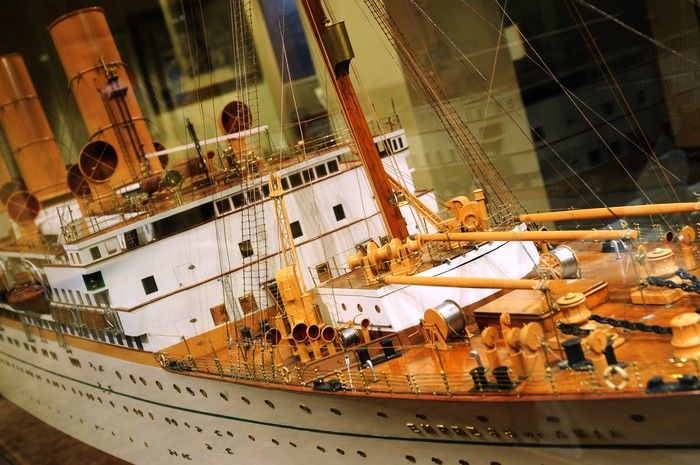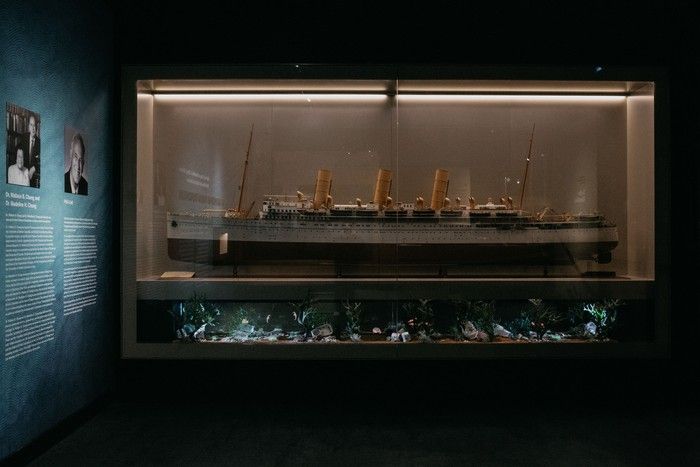On May 19, 1942, residents of Vancouver were startled by the news that the renowned Canadian Pacific steamer Empress of Asia had been destroyed near Singapore.
EMPIRESS OF ASIA FUNERAL PYRE,” shouted the bold uppercase headline in the Vancouver Daily Province. “Huge Canadian Vessel Reduced to Wrecked Steel in the East Indies.
Constructed as an opulent passenger vessel for Canadian Pacific in 1912, the Empress of Asia was later transformed into a military transport during the Second World War.
When en route to bring British troops to Singapore, it came under attack from Japanese aircraft. However, reports of its sinking were withheld for more than three months by the British Admiralty; in reality, the vessel had submerged on February 5th.
When The Empress of Asia was part of a fleet consisting of four cargo vessels accompanied by the British cruiser Exeter, this convoy came under assault from 27 enemy aircraft originating from Japan.
“The Empress was last in line and faced a heavy assault, yet managed to avoid direct strikes; however, shrapnel from bombs injured some of her lifeboats and damaged the deck planks,” reported a Canadian Press article in the Vancouver Sun.
“The deadly assault occurred as the convoy neared Sultan Shoal, which is 16 miles from Keppel Harbour… ” the narrative detailed how pilots were forced to reduce speed when navigating through the mine-infested region.
The vessel’s senior crew member, Donald Smith, stated, “A series of low-flying dive bombers passed overhead (of the ship) at approximately 600 feet.”
As best we can determine, the ship was struck at three locations all at once: just before the first smokestack, at the rear of the lounge dome, and through Cabin 126 on the port side.
The explosions went right through every deck, reaching the Fan Flats, which led to numerous casualties and ignited several fires. Despite immediate response from the firefighting teams, they found themselves without water, seemingly because the main supply lines were damaged. Consequently, the blaze quickly spiraled out of control.
Surprisingly, nearly all passengers were saved when the Empress of Asia went down.
“Out of the 413 crew members and 2,235 troops aboard, just 16 lost their lives,” stated Dan Black, who authored the recent publication titled ‘Oceans of Fate: Peace and Peril Aboard the Steamship Empress of Asia.’
“Australian warship Yarra positioned itself beside the vessel and performed an exceptionally brave move. It managed to carefully align with the ship’s left side and successfully rescued approximately 1200 to 1600 individuals from the Asia.”
On May 19, 1942, the account described it as follows: “The small combat vessel edged alongside the burning ocean liner and rescued the men, continually firing its weapons at the sky filled with bombers.”
According to The Vancouver Sun, 37 men from Vancouver were on board the Empress of Asia when it came under attack. (It should be noted that Vancouver had served as its home port prior to the war.)
A twenty-five-year-old man named Douglas Richard Elworthy, who lived at 26 East 7th Avenue in Vancouver, was tragically killed; however, the remaining 36 individuals managed to survive. Due to the delay in reporting the incident, 22 of those who made it out alive had already returned to Vancouver before the tragic event became public knowledge.
The Empress of Asia was the second large Canadian Pacific vessel to be lost during the Second World War; the Empress of Britain had previously been sunk off the Irish coast on October 28, 1940.
The Empress of Asia was constructed by the Fairfield Shipbuilding Company located on the River Clyde near Glasgow, Scotland. It was launched in November 1912, and it had a sister ship known as the Empress of Russia.
Every vessel spans 590 feet long, 68 feet wide, and reaches a depth of 46 feet with an overall capacity of 15,000 tons,” stated The Province on December 13, 1912. “Their contracted cruising speed stands at 18 knots per hour. These ships can accommodate up to 1,100 travelers: 200 in first-class, 100 in second-class, and 800 in third-class.
The massive vessels of the Canadian Pacific navigating the Atlantic and Pacific oceans earned the nickname “the White Empresses” due to their pristine white hulls. These ships played an essential role in fulfilling the company’s slogan, “Canadian Pacific spans the world,” through its combined network of railways and ocean liners.
On August 31, 1913, The Empress of Asia reached Vancouver. Following a few years as an opulent cruise ship, she was requisitioned by the British Navy during the First World War. In the 1920s and 30s, she resumed her role as a passenger vessel.
A highly intricate scale model of the vessel is exhibited at the Chung/Lind Gallery located at UBC.
jmackie@postmedia.com


